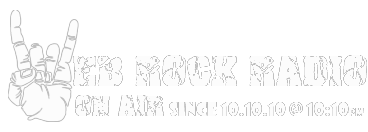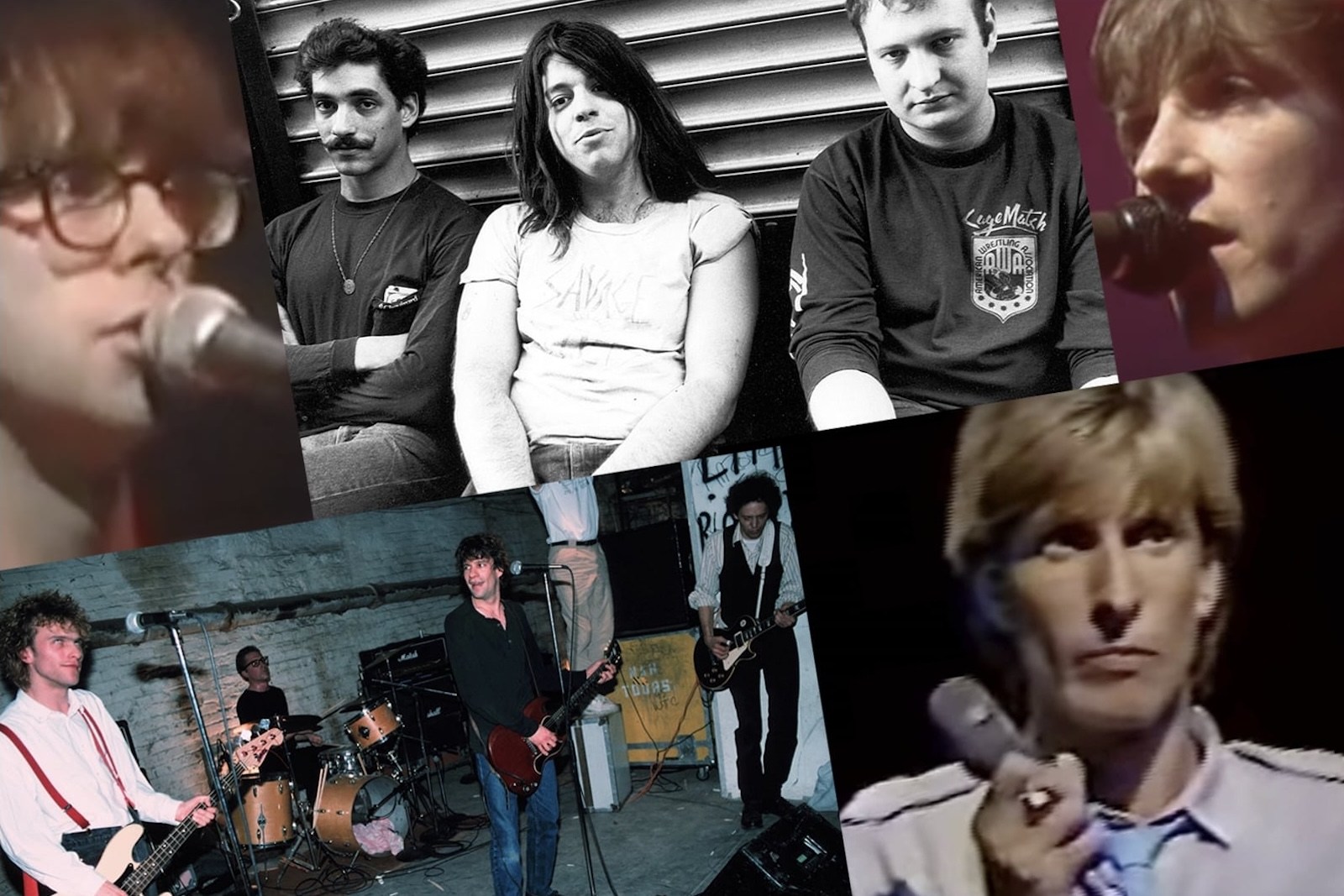The ’80s had main-character energy. Say what you will about the music but everyone looked the part. Well, for a while, anyway.
Despite its reputation for over-the-top production values, over-the-top album sales and even more over-the-top fashion, the ’80s produced their fair share of also-ran bands. The decade was defined in part by one-hit or two-hit wonders who found a quick burst of fame through the new medium of MTV.
Then there were the members of our list of Five ’80s Bands That Should’ve Been Bigger. Their fates were altered by a variety of forces – and only some of them were beyond their own control. There were a few scattered hits, but most aspired to even one.
READ MORE: Yes, They Actually Wore This in the ’80s
They couldn’t control their own vociferous appetite for drink and drugs. Or they were changed forever when a key songwriting partner left for a solo career. One simply couldn’t get along. One became something of a shooting-star band because their biggest singles all arrived in a matter of months. Another seemed to do everything they could to push back against impending fame – and they ultimately succeeded.
Yet their influence on the music of the following eras is undeniable. They opened the door for indie bands to join the ranks of major-label signings. They forged a path from the nervy underground vibe of the early ’80s to the mainstream alt-rock stadium tours of the early ’90s. Nirvana traced their attitude and musical roots back to one of these acts. The Killers do, too.
Just as intriguing: While two combustible acts completely fell apart, the others continued well past this defining era, building on their original sound and successes well into the new century. That forms its own cornerstone in the argument that they should have bigger.
No. 5. The dB’s
YouTube / theradiator
The dB’s set an alt-rock and power pop standard with their first two albums that the North Carolina-rooted group struggled to match again. That’s because they lost Chris Stamey, the quirkier half of a songwriting duo with smart rocker Peter Holsapple. The dB’s gamely carried on, finally charting (though only at No. 171) with 1987’s The Sound of Music. By then, they’d signed to a label that promptly folded then the lineup had shifted again. The dB’s fell silent until roaring back with 2012’s very welcome reunion, Falling Off the Sky.
No. 4. Husker Du
Lisa Haun / Michael Ochs Archives, Getty Images
Husker Du broke up after notching their highest-selling LP, 1987’s Warehouse: Songs and Stories. Unfortunately, they’d only made it to No. 117 – and that was the least of their problems. Husker Du never had a charting U.S. single, and No. 96 was the best they’d do in the U.K. Their manager died by suicide as tensions boiled over between songwriters Bob Mould and Grant Hart. They flamed out on tour, but not before providing a key support in the bridge from punk to alternative rock. Without Husker Du, there’s no Nirvana.
No. 3. The Church
YouTube / Inside the Music
The Church scored a bona fide hit with 1988’s “Under the Milky Way.” They just didn’t seem all that interested in success. The group was dropped by their U.S. label after delivering a sophomore release that quickly veered from new wave. Later, their manager secured an opening spot on a 1982 U.K. tour with Duran Duran – but the Church quit before the showcase could provide any commercial momentum. The No. 22 single “Under the Milky Way,” a fever dream of psychedelia and gloss, underscored the distinctive musical evolution that followed. But then they fired their label’s chosen producer and never returned to the Billboard Top 40.
No. 2. The Replacements
Jim Steinfeldt, Getty Images
The Replacements made the Church seem like fame-hungry sycophants. They met every opportunity with a lit match. There were drunken onstage antics, and disastrous appearance on Saturday Night Live. Then they fired Bob Stinson from the band he started. All of it obscured Paul Westerberg‘s canny knack for articulating teen angst. Their musical arc began with the trashiest of hardcore punk before slowly transforming into a template-setting blend of attitude and power chords soon dubbed alternative. They were also among the first wave of indie signings by major labels, opening the door for the mainstreaming of college rock in the ’90s.
No. 1. The Fixx
YouTube / Joshua Kenney
The Fixx were easily the most commercially successful on our list of Five ’80s Bands That Should’ve Been Bigger – but that’s a relative description. They still only a handful Top 40 songs, with “One Things Leads to Another” leading the way at No. 4. The main burst of attention was also confined to 1983: Three of those hits were plucked from Reach the Beach. It all began to feel very much like a moment in time even as the Fixx continued to release layered, resonant albums with all of the same emotion and urgency – right up through 2022’s triumphant Every Five Seconds. Somewhere, the Killers were clearly listening.
Top 100 ’80s Rock Albums
UCR takes a chronological look at the 100 best rock albums of the ’80s.
Gallery Credit: Nick DeRiso and Michael Gallucci

